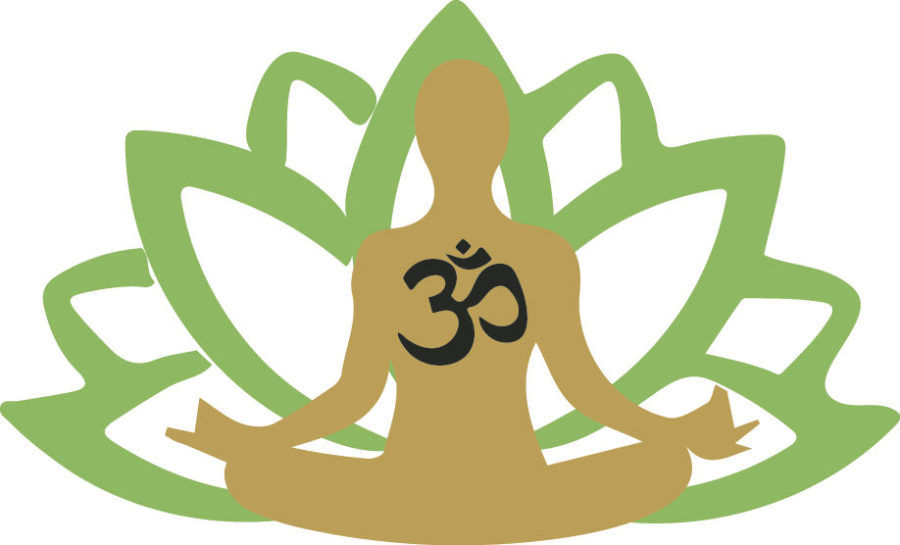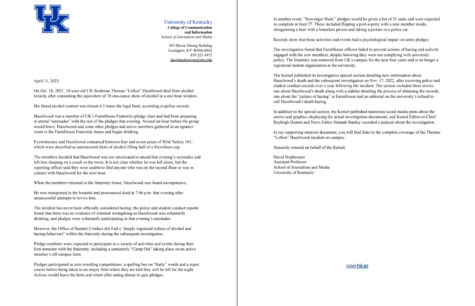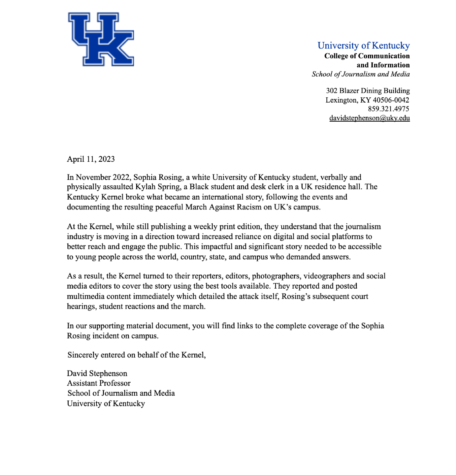Namasté, more than just a pun
October 30, 2016
Namasté is becoming a part of everyday language, the highlight of puns, and tossed around like baseballs at a little league pitching practice. People combine the word with the iconic peace sign hand gesture to say hello, goodbye or even attach expletives on the end to make people laugh. Society has either never realized or has become desensitized to the actual depth and significance of the word.
Its overuse used to really bother me. I would hear people who had only done yoga once and never even heard of pranayama belt it out trying to fill a certain “image” they must have had in their heads. Sure, namasté can be used as an opener or a closer to a conversation or practice, but it means so much more than that.
It’s difficult to say what namasté is not because it has such a unifying message that can be stretched and touches all things. Namasté is not something you say to just fit into a yoga class. It’s not interchangeable with “what’s up.” Namasté is recognition. Namasté is understanding.
Related: Students show love amid hate
The official mantra meaning that goes along with the word is, “My soul honors your soul. I honor the place in you where the entire universe resides. I honor the light, love, truth, beauty and peace within you because it is also within me. In sharing these things we are united, we are the same, we are one.”
Namaste is acknowledging that we are all on this journey called life, and while collaboration and cooperation are treasured, ultimately we all have our own realities. We have different levels of understanding and different values, morals and mindsets that make us unique. In addition to that, we all have the resources to total unity.
So when I say namasté, I mean that I see you—the individual you. I’m looking past the appearance of you and I see your energy, your light, your pain, your frustration, but also your passion and bliss. I’m saying that I am with you, rooting for you. I am on the same wavelength because ultimately, we are all connected anyway.
One way to start understanding the meaning of namasté is to turn inward and love all the things that make you, you. A Rupi Kaur quote explains this perfectly, “How you love yourself is how you teach others to love you.”
Related: The true cost of education
First, direct the namasté recognition to yourself. Honor your own soul, the place where all things reside. See your own light, your own love, your own truth, beauty and peace. Feel the connection. In a round about way of thinking, self-love is total love. How can we love others if we don’t know how to love ourselves first? If the light within you is also the light within me, shouldn’t we offer ourselves the same respect that we would give to others? And shouldn’t we respect others as we respect ourselves?
There are times I may not even close my yoga classes with a “Namasté.” If I honestly don’t cultivate the connection, or am caught in a shallow wave of distraction and pulled away from mindfulness, I will not just throw the word out there to satisfy expectations. Namasté carries a message that can penetrate the barriers of depression and accelerate the collection of peace.
I have to admit that yes, some of the namasté puns are funny. They’re clever. However, I can’t help but feel guilty every time I laugh. Let’s not disgrace the denotation of the word, and let’s please not forget to pause and turn inward. Every time namasté is used, it should be a call to mindfulness, a reminder that none of us are on this journey alone. With that being said, “Namasté.”
Email [email protected].

















































































































































